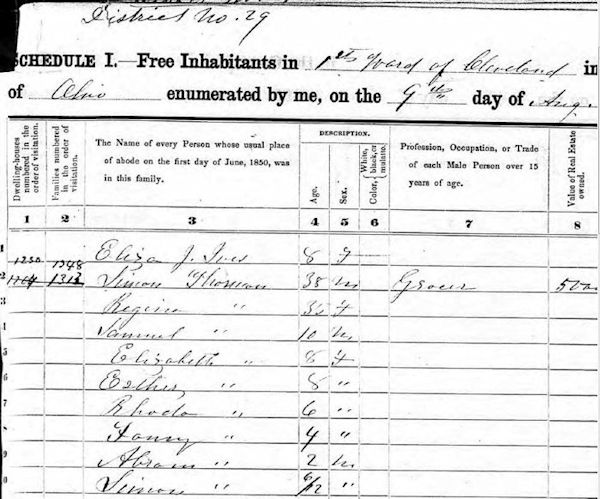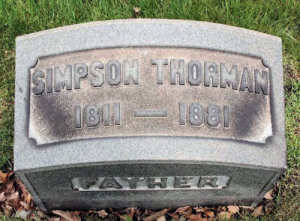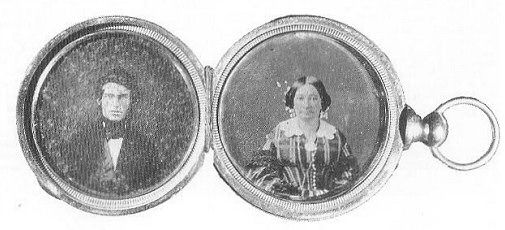|
|
Generations | |
|
Simpson Thorman |
|
From 1800-1850 Germans (or more accurately, Central European German-speakers, as a German state wasn't founded until 1871), were the main Jewish immigration. Typically young persons fleeing economic hardship and government restrictions, including limitations on their ability to marry, they soon became an integral part of the developing Midwest. They were fortunate to be German-speakers, for Germans of all religions were then the largest non-English speaking immigrant group in America. "Germantowns" would be found in many eastern cities. Knowing German would surely help in trading and peddling and they could benefit from the reputation for industry and thrift that the Germans immigrants before them had earned. In the Civil War German-Americans were the largest ethnic contingent to fight for the Union. They (German immigrants and their sons) would also represent almost one-fourth of the Union Army. There were many all German, German-speaking units from New York and Ohio. Wikipedia
Born in Unsleben Bavaria, Simpson Thorman was Cleveland's first permanent Jewish settler. His encouragement brought 19 more settlers from Unsleben to America in 1839. Thorman literally met the boat in New York and brought 15 of them to Cleveland. Almost overnight Cleveland had a Jewish community. Many of Thorman's descendants (he and his wife had ten children who survived infancy) have played key roles in Cleveland's economic and cultural life and in our Jewish community. |
|
Simpson Thorman, born in Unsleben, Bavaria in 1811, came to the U.S. by the late 1820s, passed through Cleveland in 1832, then went to Missouri where he was a trapper. He returned to Cleveland in 1837, settling in the Flats, starting a hide and fur business, and encouraging friends in Unsleben to come to Cleveland. He was a founder of the city's first Jewish congregation (Israelitic Society), an incorporator of its first Jewish cemetery (Willet Street), first president of its first B'nai B'rith chapter, and the first Jew to serve on the Cleveland City Council. For more on Simpson Thorman: Encyclopedia of Cleveland History Plain Dealer story by S. J. Kelly in the Plain Dealer of May 17, 1938 Regina Klein, born Reichel (Rachel) in Unsleben in 1816, was in the group that came to Cleveland from Unsleben in 1839. She married Simpson Thorman the following year.
|
Below The first Federal census that records the Thorman family, August 9, 1850. |
 |
|
|
Elizabeth (Lizzie) Thorman married Kaufman Hays
in 1861.
Their daughter
Rolinda Hays married Seigmund Joseph
in 1886.
Their son
Ralph S. Joseph
married Ray Hahn in 1911. Their daughter
Martha Joseph
married Frank Joseph in 1938.
|

